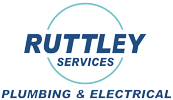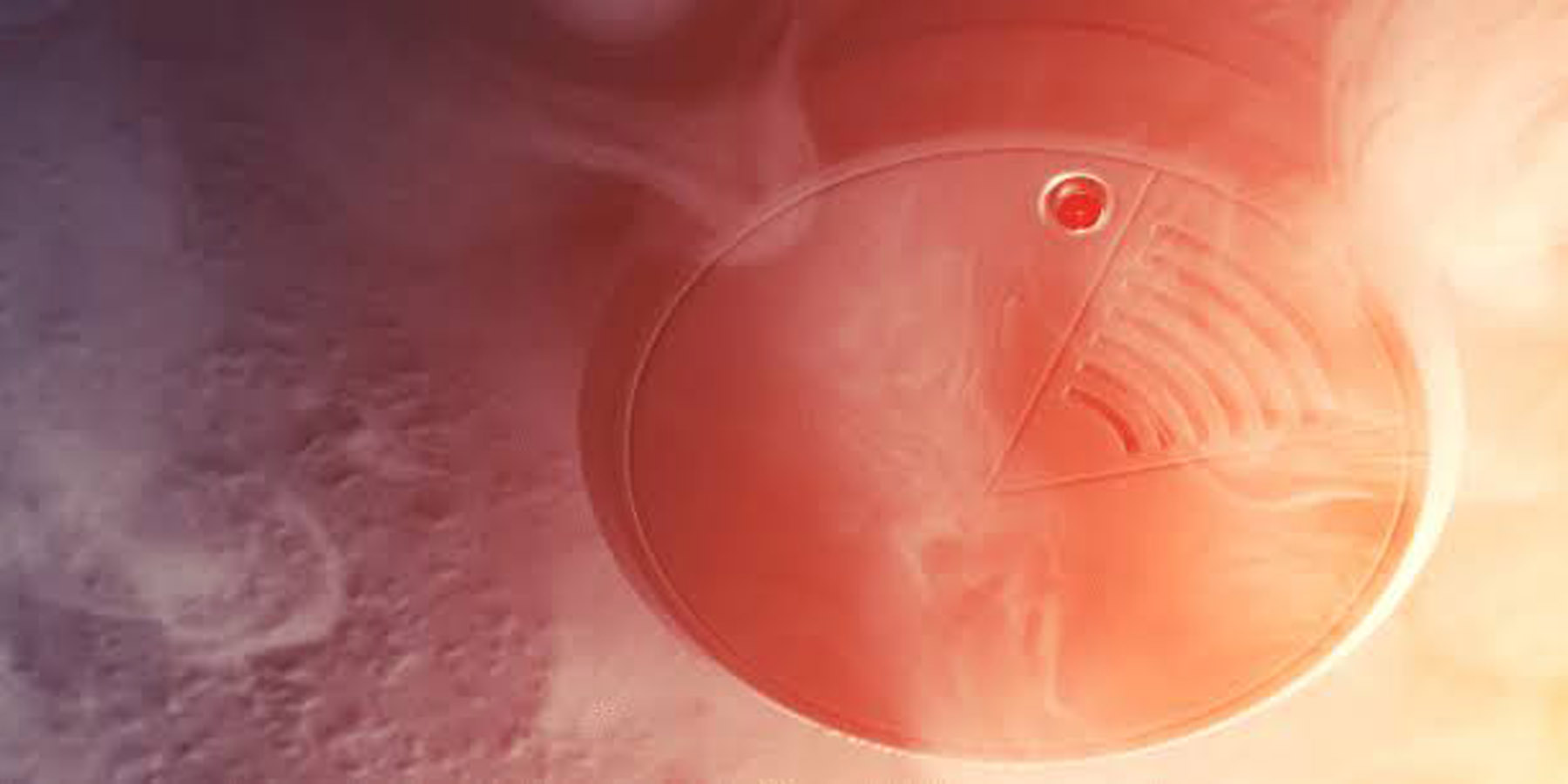Do you know…
there are different types of smoke alarms?
what type of smoke alarms you have in your house?
where you need to have smoke alarms installed?
Many fatal house fires occur at night because sleeping occupants are not aware of the fire, don’t smell smoke and breathe it in. The risk of a fatality in a home fire is halved if there is a working smoke alarm in a residential dwelling. Your smoke alarm is a vital early warning sign of fire and helps protect the lives of your family and the community by providing an early alert of danger. Yet many of us don’t give this device much of a second thought. So, what do you need to know about your smoke alarms?
What is the Law?
NSW legislation states a minimum of one smoke alarm must be installed in all buildings in NSW where people sleep and must meet the requirements of Australian Standard AS 3786, Smoke Alarms. However, Fire and Rescue NSW recommends owners and occupants consider higher levels of protection.
For home owners, NSW legislation stipulates that smoke alarms must be installed on every level of your home. This includes owner occupied homes, rental properties, relocatable homes, caravans and camper-vans or any other residential building where people sleep.
For tenants and landlords, NSW legislation mandates that your landlord is responsible for ensuring your residence meets the minimal requirements of having at least one working smoke alarm installed on every level of your home. Landlords are responsible for the installation of smoke alarms in rented premises, however the tenant is responsible for replacing the battery, if needed, in battery-operated smoke alarms (Hard-wired smoke alarm back-up batteries are to be replaced by the landlord).
The types of smoke alarms
Let’s start off with explaining the different types of alarms you can get for you household.
Hard-wired smoke alarms are connected to the property’s power supply and have back-up batteries. You can also interconnect them so if one goes off, they all go off. Fire and Rescue NSW recommends wherever possible, hard-wired and interconnected smoke alarms are to be installed.
Photoelectric smoke alarms are one of the most common types and are best at detecting smoky and smouldering fires, which is a common type of house fire. They contain a photo cell and a light beam shining away from the cell. When smoke enters the test chamber, some of the light is scattered by the smoke particles and hits the cell, triggering the alarm. Dust or insects entering the unit can cause false alarms, so they need to be cleaned occasionally.
Ionisation alarms, contain a very small amount of radioactive material, which reacts to particles emitted in a fire and sets off the alarm. Ionisation alarms are best at detecting fast-flaming fires that don’t emit much visible smoke. But many house fires tend to be smoky and smouldering long before they flare into flame, and ionisation alarms aren’t as quick at detecting these. They can also be prone to nuisance alarms from cooking and steam, so shouldn’t be located near your kitchen or bathroom.
Dual sensor alarms contain both an ionisation sensor and a photoelectric sensor, and so they get the best and worst features of both types. They can be a good option but as with any ionisation alarm, don’t install them near a kitchen or bathroom.
Battery operated smoke alarms may contain one of two batteries:
10-year lithium batteries – These are recommended and last as long as the smoke alarm.
Lead or alkaline batteries – Need to be replaced yearly.
Where do you need to install them?
In addition to the minimum requirement of one smoke alarm per level, Fire and Rescue NSW research recommends installing smoke alarms in all bedrooms and living spaces (including hallways and stairways) and even the garage.
- Avoid fitting smoke alarms in or near your kitchen or bathroom.
- The ideal position is on the ceiling between sleeping and living areas.
How to maintain them
Once a month – test your smoke alarm batteries every month by pressing and holding the test button for at least five seconds until you hear the beeps.
Every 6 months – vacuum dust off your smoke alarms every six months. Keeping your smoke alarm free of particles to help reduce false alarms and ensure smoke can easily reach the internal sensor.
Every year – replace lead or alkaline batteries every 12 months.
Every 10 years – replace all smoke alarms with new 10-year lithium powered smoke alarms every 10 years, or earlier if specified by the manufacturer.
At Ruttley Services we can audit your home to see if your alarms are the right type for your household and you have them installed effectively. We can inspect your smoke alarms to see if they are in working condition and what kind of battery it might have, as well as install hard-wired smoke alarms.
Call us now to see how we can best help you with your smoke alarms.
If you would like to read more about fire safety for your home, click here to visit Fire and Rescue NSW.

